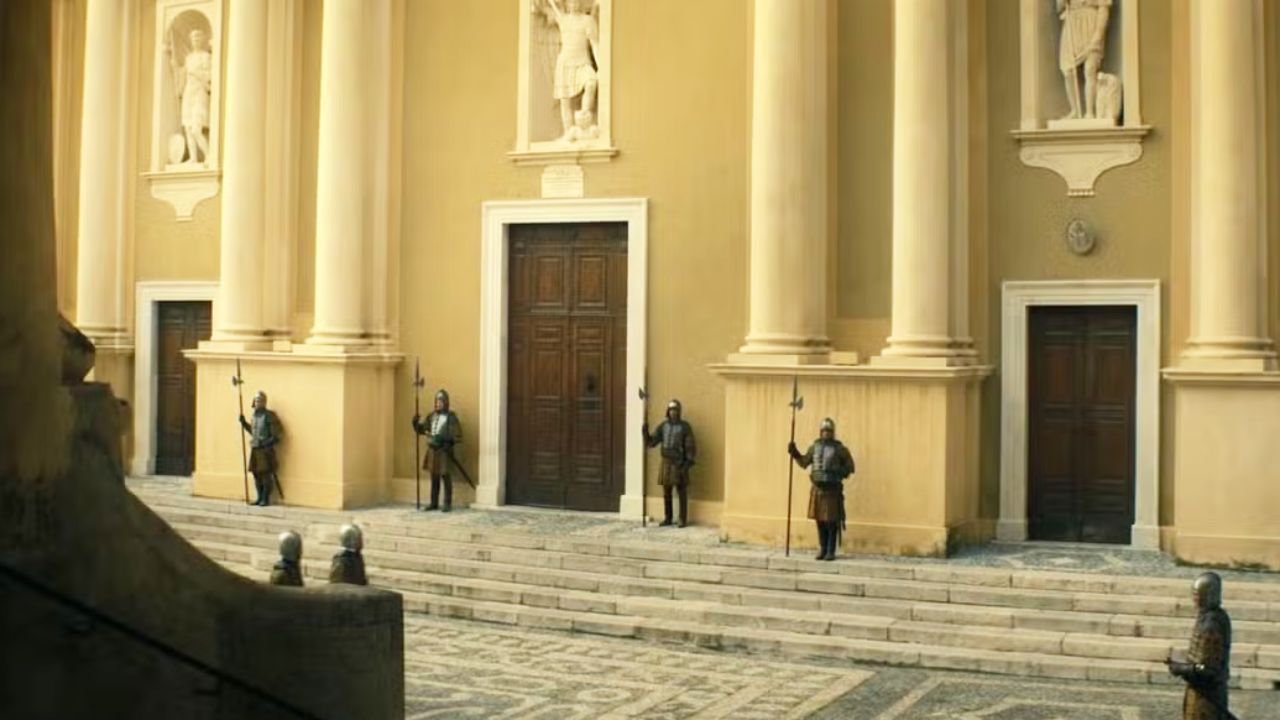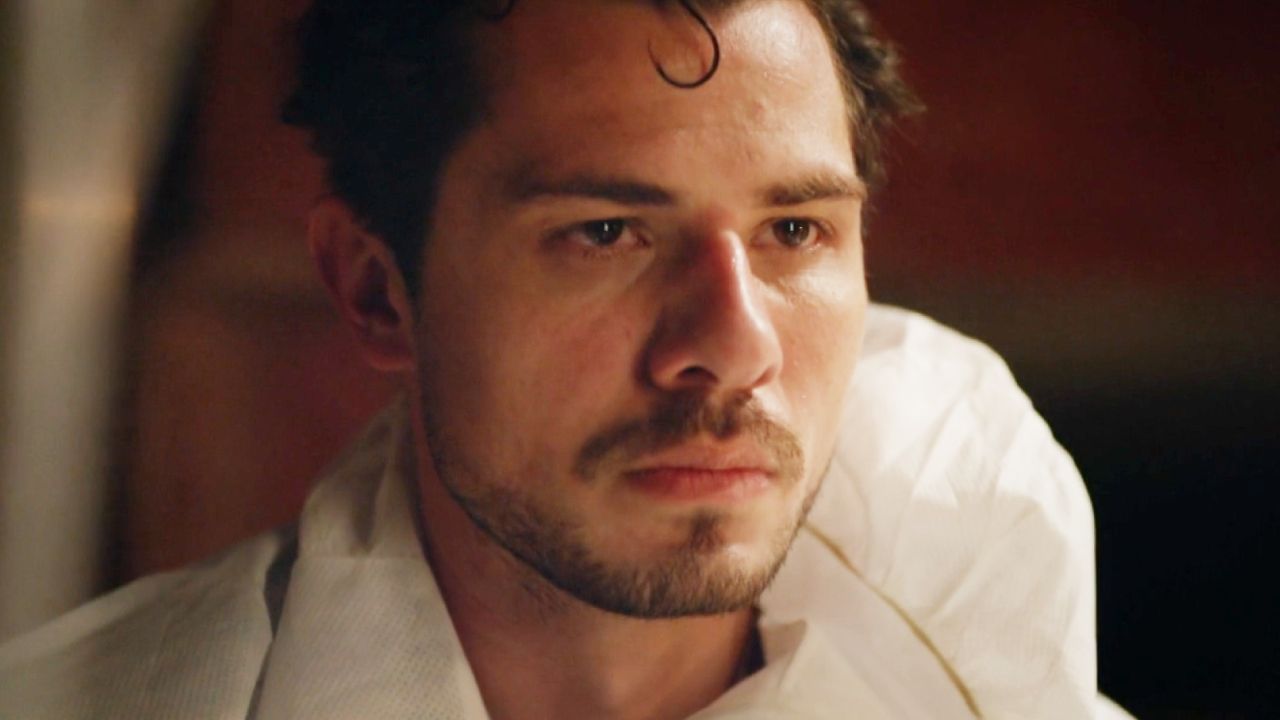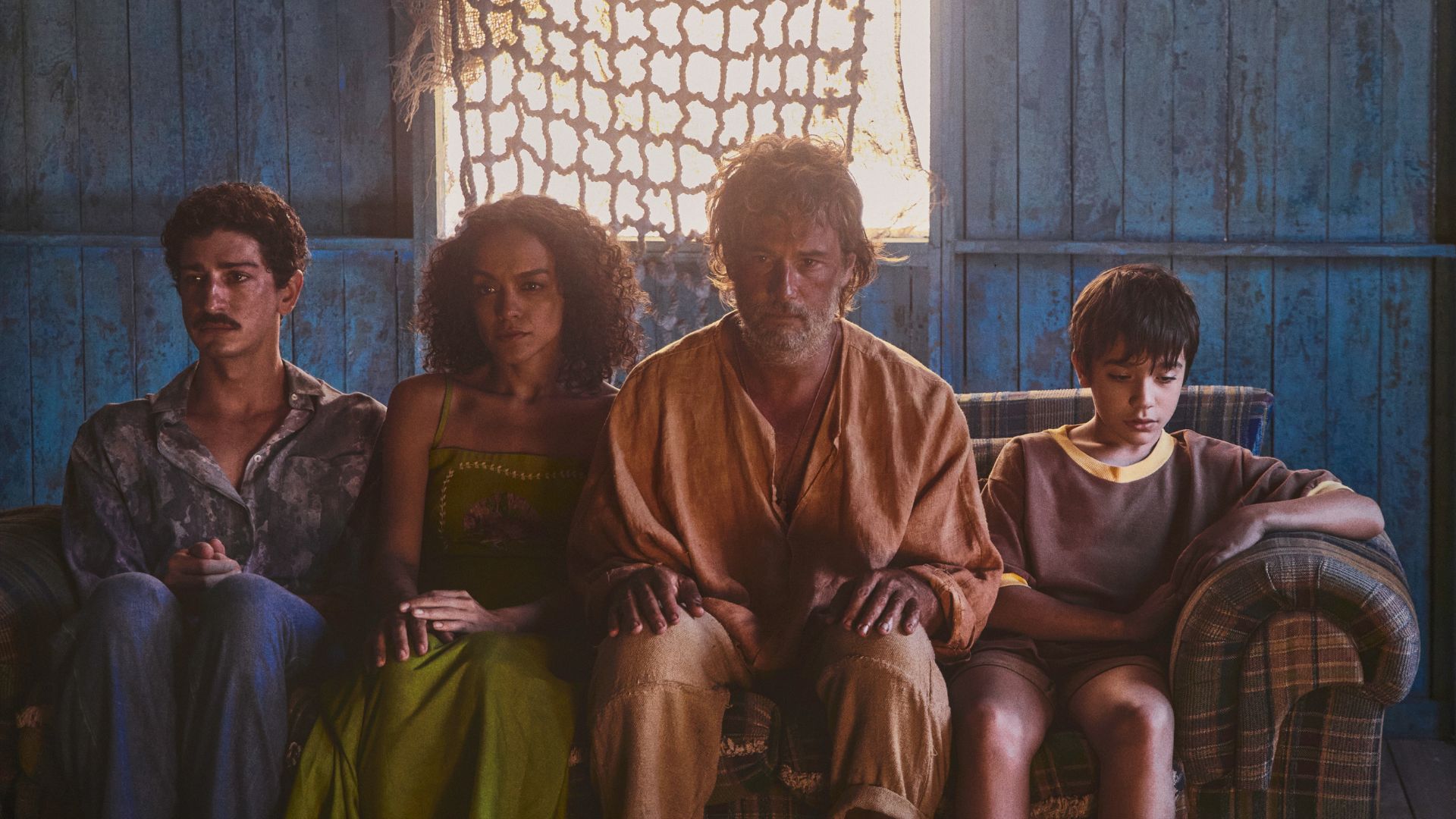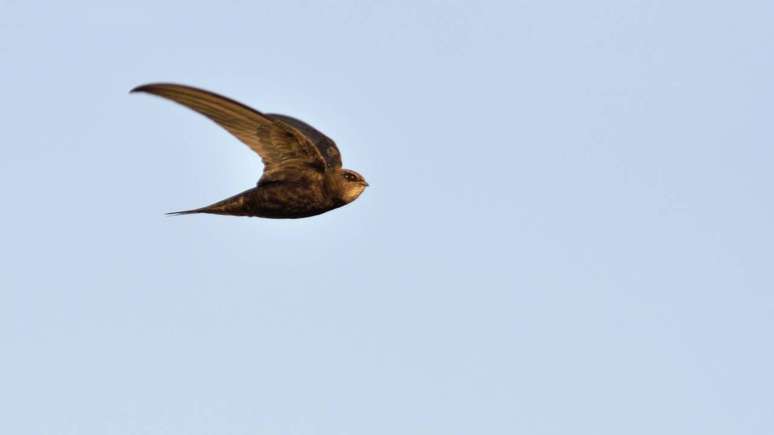The public television network of the government of San Paolo, TV culture is known for its educational and quality programming. In addition, adults today owe much to the broadcaster for showing iconic programs that have entertained and educated them in childhood.
With this in mind, we made a list of 8 iconic characters who have marked the nostalgic programs displayed by the station.
8 iconic characters of Culture TV who marked childhood in the 2000s
Nino (Ra-Tim-Bum Castle)
Produced and broadcast by TV culture originally between 1994 and 1997, “Ra-Tim-Bum Castle” is one of the most acclaimed Brazilian audiovisual productions in history.

With a total of 90 episodes, the program had refarini until half -2000 and won at least two generations of Brazilian children.
Created by Cao Hamburger and Flavio de Souza, The Attraction Mixed Elements of Magic and Science Fiction, he exploited Brazilian folklore and presented skits with educational and playful proposals.
The protagonist, Nino, played by the actor Cassio Scapin, is the most iconic character. Nino is a 300 -year -old boy who lives with witchcraft uncles in a magical castle. Only, Nino learns a spell from his uncle who brings three children to the castle, who become his friends and visit him regularly with each episode.
Beakman (The World of Beakman)
One of the most nostalgic educational programs broadcast by TV culture in the 90s and 2000 was the American “Beakman” world.

The protagonist of the series is, of course, one of the most iconic figures of the childhood of many who have seen the station: the eccentric scientist Beakman. The actor Paul Zaloom gave birth to the character, who, in a fun way, performed scientific experiments in response to the letters sent by the spectators.
Beakman had female assistants: Josie (Alanna Ubach) in season 1, Liza (Eliza Schneider) in the 2nd and 3rd seasons and Phoebe (Senta Moses) in season 4.
In addition, there was another no less iconic assistant: The Rude Lester Laboratory Rat. The character was played by Mark Ritts, who wore a frayed mouse costume.
Originally transmitted between 1992 and 1997 in its country of origin, the series presented four seasons.
Small bear (the small bear)
One of the most remembered drawings displayed by TV Culture was “The Little Bear”. Animation is a Canadian production based on the collection of children’s books with the same name, written by Else Holmelund Minarik and illustrated by Maurice Sendak.

The protagonist of the drawing is the curious six -year -old puppy, The Little Bear, who lives in the forest with his family and friends. Next to his friends Pata, chicken, cat, owl and human Emily, Little Bear lives numerous adventures.
The animation had its original exhibition between 1995 and 2001, with five seasons.
Lucas Silva and Silva (Mundo da Lua)
Produced by the same Culture TV, “The World of Moon” transmitted its original transmission between 1991 and 1992

The protagonist of the series was the boy Lucas Silva and Silva, played by Luciano Amaral. In the premise, at the age of ten, Lucas gets a recorder from his grandfather (Gianfrancesco Guarnieri). In each episode, he creates stories and tells them about the recorder, imagining adventures and how I would like things to be.
The cast still had names such as Antonio Fagundes and Mira Haar.
Pingu (Pengu)
The animation for children originally produced in Switzerland, “Pingu” is one of the most famous programs broadcast by TV culture.

The design is made through clay, the stop-motion animation technique that uses clay or malleable mass models, a frame photographed to frame to create movement.
The animation is set in Antarctica and accompanies the families of penguins who live and work in Iglus. All the dialogues are in a penguin language, composed of Robulli, murmurs and trumpet sounds.
The protagonist, who appoints the drawing, Pingu, is undoubtedly one of the most iconic characters for those who participated in TV culture during childhood. Pingu is a mischievous penguin who lives with his parents, his grandfather, his sister Drip and his best friend, The Focus Robby.
Created by Otmar Gutmann and Erika Brueggann, the series started its project in 1980. A pilot episode was presented to the Swiss broadcaster DRS in 1986 and approved, originating a series of four seasons broadcast between 1990 and 2000. So two revival seasons were published in 2004 and 2006.
Julio (Cocoricó)
Series with manipulable dolls that took place on a farm, “Cocoricó” is one of the most successful TV culture programs.

Julius, a boy who lived with his grandparents on the Cocoricó farm and interacted with local animals, is one of the most famous characters on the station.
Produced and displayed by TV Culture, the series was an educational program designed for preschool children.
“Cocoricó” had two phases: the first, transmitted since 1996, brought blocks of stories interspersed with foreign cartoons, such as “Penguis”. The second phase began in 2003 and brought total reformulation, without drawings, with new dolls and scenarios and a greater presence of musical music videos.
Professor Tibúrcio (Ra-Tim-Bum)
Bringing several free photos and educational and playful skits, “Ra-Tim-Bum” was aimed at children in pre-alphabetization, but an enchanted audience of all ages.

Creation of Flávio de Souza, the program had its original projection on TV culture between 1990 and 1994. However, the replicas over the years have fascinated the generations that have grown in the 90s and 2000s.
One of the most iconic characters was Professor Tibúrcio, who lived by Marcelo Tas. With the trick that gave him a black and white air and a pompous and crazy garment, he taught basic concepts, such as the differences between sweet and salty, rough and soft, as well as counting objects. Many children of the time were afraid of their appearance.
Doll X (X-ALT)
With a dynamic language, “Xudo” brought several paintings that combined educational content and entertainment for children. The program included segments that taught, presented magic, gave advice on movies and more.

Who presented the program was the charismatic Boneco X, together with the actors Gerson de Abreu and, later, Márcio Ribeiro.
Produced and broadcast by TV Culture, the program broadcast from 1992 to 2002.
The iconic characters of Post 8 of Tv Culture who marked childhood in the 2000s appeared first in digital look.
Source: Olhar Digital
Rose James is a Gossipify movie and series reviewer known for her in-depth analysis and unique perspective on the latest releases. With a background in film studies, she provides engaging and informative reviews, and keeps readers up to date with industry trends and emerging talents.








